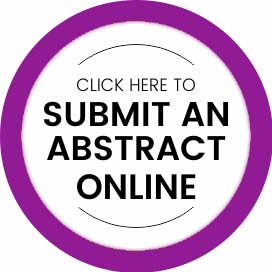
Anirudh Rao Deshmukh
Sanjay Gandhi Postgraduate Institute of Medical Sciences, India
Title: Role of home based targeted-CASP therapy in post stroke rehabilitation
Biography
Biography: Anirudh Rao Deshmukh
Abstract
Introduction: There is a need for a low cost, easy to apply, non-institutional regimen for significant functional recovery in post- stroke patients.
Aim: To study the effectiveness of modified version of Corrected Assisted Synchronised Periodic therapy termed here as Targeted-CASP (T-CASP) therapy (Fig 1) in improving motor, cognitive, behavioural and functional disability in post stroke patients.
Methods: This is a prospective quasi-randomised double blinded control study. The study was conducted in super-speciality tertiary care centre. Follow up patients of stroke were recruited from outpatient department of neurology. Patients recruited on OPD-1 (Monday) and OPD-2 (Friday) was grouped under cases and controls respectively. All patients were assessed for power, spasticity, cognition and depression, functional level at baseline (0), 3 months and 6 months using standard tools of assessment. Relatives/Caregivers were trained in T-CASP therapy and asked to carry it out at their homes as per protocol.
Results: Baseline patient characteristics and outcome parameters were comparable between two groups. Significant difference was seen at 3 and 6 months between the two groups in Ashworth scale score for spasticity (p value- .012 & .001), MRC score for power (p- .021 and .001), Adden-Brookes score for cognition (p-.025 & .010), BDI score for depression (p-.001&.001). Barthel scores were higher in T-CASP group but the difference was not significant (p- 0.219 & 0.080). However, on subcomponent analysis percentage of people who were able to walk (93.3 vs 76.7 %), transfer to/from bed/chair (80 % vs 70%) and climb stairs (63.3% vs 50%) independently at 6 months was significantly higher in T-CASP group.
Conclusion: Targeted-CASP therapy is a low cost, home based post stroke physiotherapy regimen which benefits all the aspects of post stroke rehabilitation including motor, cognitive, behavioural and functional disability.
References:
1.Pradhan S, Bansal R. Role of corrected-assisted-periodic therapy in post stroke rehabilitation. Neurol India 2019;66:1345-50.
2.Carlo Trompetto, Lucio Marinelli, Laura Mori, et al., “Pathophysiology of Spasticity: Implications for Neurorehabilitation,” BioMed Research International, vol. 2014.
3.N.J. O’Dwyer and L. Ada, “Reflex hyperexcitability and muscle contracture in relation to spastic hypertonia,” Current Opinion in Neurology, vol. 9, no. 6, pp. 451–455, 1996.
4.J.-M.Gracies, “Pathophysiology of spastic paresis. I: paresis and soft tissue changes,” Muscle and Nerve, vol. 31,no. 5, pp. 535–551, 2005.
5.C. Trompetto, L. Marinelli, L. Mori et al., “Post-activation depression changes after robotic-assisted gait training in hemiplegic stroke patients,” Gait and Posture, vol. 38, no. 4, pp. 729–733, 2013.

